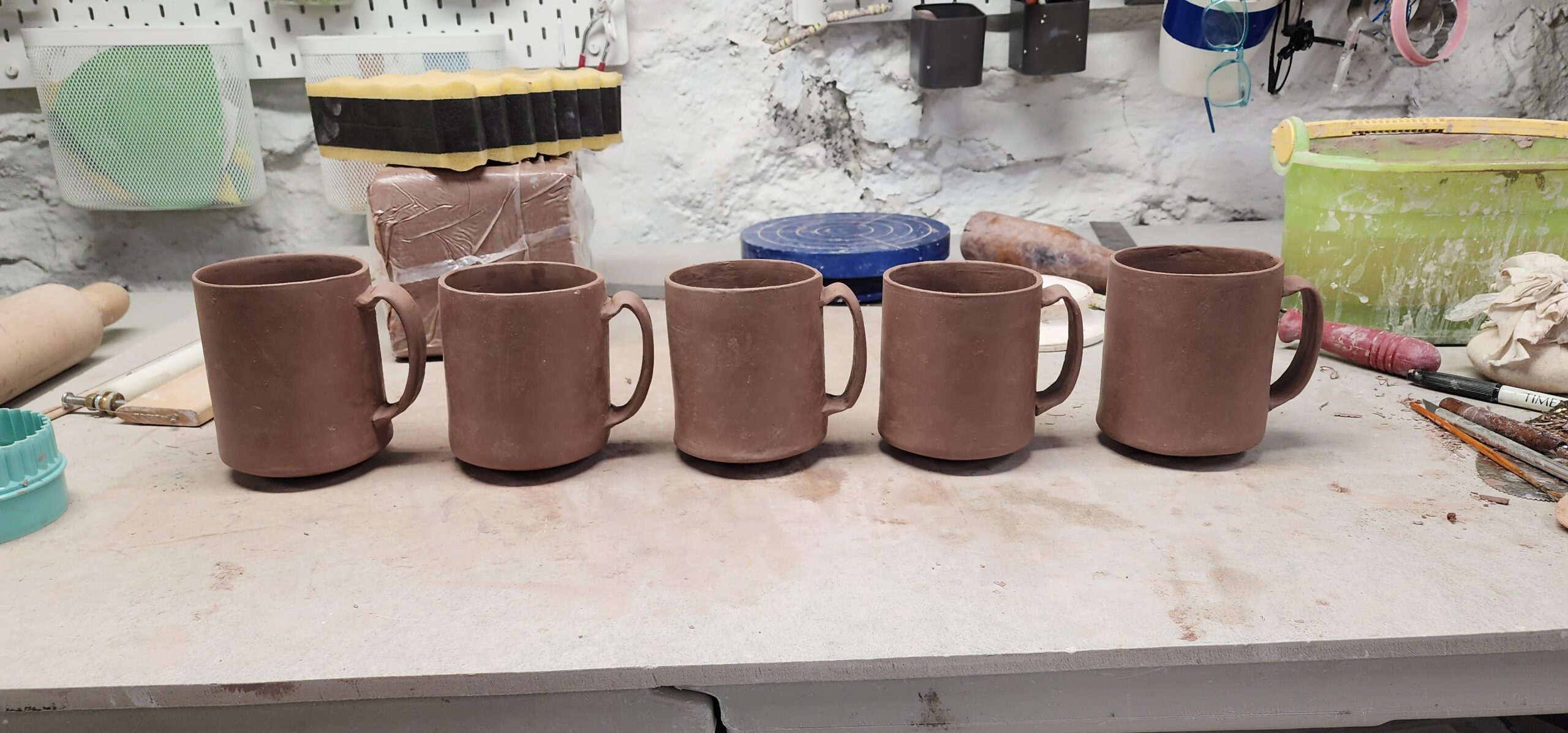
In the realm of design and creation, the art of building complex forms using templates emerges as a versatile and ingenious approach. This method, which hinges on the synthesis of structure and creativity, enables designers, architects, and craftsmen to transform intricate ideas into tangible realities. The process encompasses the utilization of templates, precision engineering, innovation, and practicality, resulting in marvels that encapsulate the fusion of human ingenuity and technical prowess.
Templates as Architectural Blueprint
Templates serve as the architectural blueprint upon which complex forms are constructed. They provide a structured framework, guiding the intricate interplay of lines, curves, and dimensions. Templates, often digitally crafted or meticulously hand-rendered, lay the foundation for realizing intricate designs that might otherwise seem unattainable. Through these templates, the ethereal realm of imagination converges with the tangible realm of construction.
Precision Engineering and Craftsmanship
Building complex forms using templates is a testament to precision engineering and the finesse of craftsmanship. The meticulous alignment of each component, guided by the template’s contours, ensures that the final creation emerges as an embodiment of accuracy and symmetry. The collaboration between technology and the artisan’s skill culminates in forms that are not only visually striking but also structurally sound, standing as tributes to the harmonious coexistence of artistry and engineering.
Innovation in Adaptation
The method of utilizing templates allows for a high degree of innovation and adaptability. Templates can be tailored to suit diverse contexts, allowing designers to adapt and modify complex forms to fit unique requirements. This flexibility is particularly valuable in fields such as architecture and industrial design, where buildings, products, and structures need to conform to specific spatial, functional, and aesthetic considerations.
Practicality and Efficiency
Building complex forms using templates is underpinned by practicality and efficiency. Templates expedite the creation process by providing a clear roadmap, minimizing the margin for error and reducing the time required for experimentation. This efficiency is especially crucial when working on large-scale projects or when intricate details demand precise execution. Templates empower creators to navigate complexities with a strategic approach, ensuring the translation of conceptual intricacy into a tangible masterpiece.
Modern Applications and Future Prospects
In contemporary design and construction, the utilization of templates has expanded its reach. From avant-garde architecture to automotive innovation, templates facilitate the realization of groundbreaking designs that push the boundaries of what is achievable. With advancements in digital technology, 3D printing, and computational design, the potential for building complex forms using templates is bound to evolve further, enabling new frontiers of creativity and exploration.
Conclusion
The art of constructing complex forms using templates embodies the synergy of imagination, precision, and innovation. Templates provide the scaffolding upon which intricate visions come to life, merging artistic concepts with practical execution. This approach stands as a testament to human ingenuity, showcasing how the harmonious interplay of design and engineering can lead to remarkable creations that transcend the boundaries of imagination.
